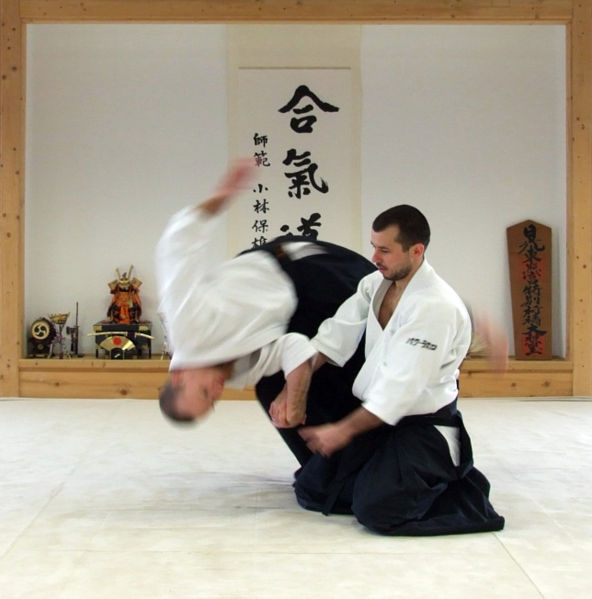
The title may sound ironic, but it is indeed true.
You're probably going to get flashbacks of parents' lectures during your childhood when reading the first couple of paragraphs of this article.
At some point in our life, whether it was during kindergarten, or maybe high school, we've all come back home from a fight or argument, feeling like a winner because we beat someone (literally), only to be told by a parent that by giving a smack back to the "idiot" who hurt us, we weren't actually winners.
For a loser like myself with no black belt moves, I had personally thought that hitting someone back was a good consolation prize. Funnily enough, whether we're in denial or not, the people who told us we were wrong, were… right.
How do I know? By learning about Aikido.
Out of all the martial art forms and techniques, 'Aikido', also known as 'the gentle martial art' is one of the most difficult and challenging to master – if only considering its oxymoron of a description as 'the non-violent martial art'.
When mastered, however, Aikido has been found to be the most effective in rendering an attack. Mainly because you've literally got your opponent defeated, without either of you screaming your heads off or breaking any bones without solving any problems.
It is meant to defend the attacked, yet not cause any injury to the attacker. The philosophy behind the martial art revolves around blending energy and spirit to effectively handle conflict.
The basic fundamentals of Aikido are:
1. In Aikido, you strategically calm down the attack: The first principle is to move the focus of attack away from you and to focus them instead onto the issues. As opposed to the natural impulse of defending yourself and counterattacking, the Aikidoist chooses to deflect the personal attack and respond at only the issue level. Though ignoring an insult or personal threat is difficult, this is typically the best course of action.
2. Never meet force with force: A central philosophy in Aikido is that conflict is not a contest. It doesn't have to result in winners or losers or people who are right or wrong. Aikido seeks to result in a win/win result. There are no direct attacks and the Aikido master looks to respond carefully and strategically rather than defensively.
3. Aikido masters choose to be centered: Effectively performing Aikido movements means being poised, self-assured and confident. For this, you need to be able to view the conflict objectively, even when being part of the conflict. Those who are off-centered are off-balance and have fewer options in handling the problem.
4. Only react to the significant attacks: In other words, you know what's important and what's not, when it's worth forcing and when not. A key principle is to be wise enough to distinguish between an attack that matters and a minor one that doesn't. Don't sweat the small stuff.
5. Blend with your opponent's energy: During conflict, a lot of energy is generated. As difficult as this may sound, this energy can be used to turn the conflict into collaboration. When your aim is not to be aggressive and to deflect aggression, your focus can easily be redirected to the issues at their level and you can typically reach some agreement at the least. Dialogue that solves issues begins with shared understanding.
So the next time you feel like taking an anger management class to calm your nerves or enrolling in kickboxing classes to defend yourself, consider Aikido. It'll do both.
– Khamael Al Safi
Image: Wikipedia







